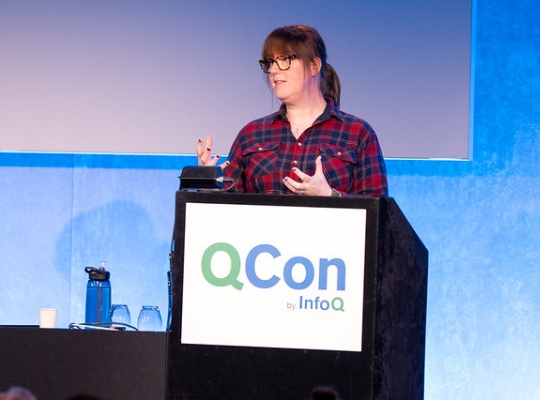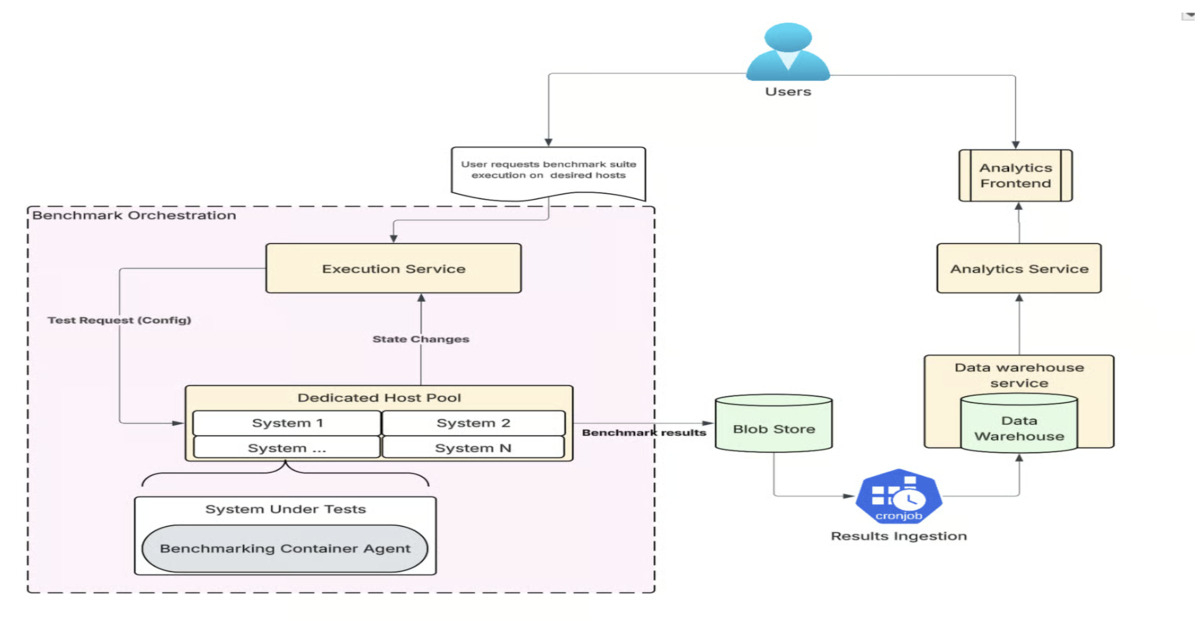Codetown
Codetown ::: a software developer's community
Customizing Your Profile
Step 1- My Page
Go to your home page by clicking the “My Page” navigation button at the top of the site.
Step 2- Customize My Page
Next you’re going to customize your page using the simple to learn tools provided on the site. Click on “Customize My Page” to get to the customization options.
Step 3- Editing Page Appearance: Template Theme
The first customization option you will see is theme. Click on the template picture, the radio button at the bottom of the picture, or the link at the bottom of the picture to select your desired template.
Step 4- Editing Page Appearance: Template Options
Now that you’ve chosen the background look to your page, you can further customize it using the basic theme controls in the bottom half of the screen.
For a beginner user, the “Basic Theme” tab is a good place to start. Here you can select the colors for the header, body, modules, sides, and text. You can also select font styles for the header and body texts.
For more editing options, click the “All Options” tab that is located next to the “Basic Theme” tab. It features all of the basic options as well as the ability to add images to certain parts of a template. Any images added can be modified to repeat in various directions or tile in the background.
For advanced options involving editing the cascading style sheet , click the advanced tab under the template selections. There you will be able to manipulate the CSS of the currently selected template.
Step 5- Editing Page Appearance: Save and Set Your Selections
Once you’ve selected and edited your template scroll down and click the save button. Remember, if you do not click this button the changes you’ve made will not be applied or saved.
You have now edited your home page. If for any reason you decide to switch back to the basic Codetown layout, you can click the “Apply Codetown Theme” button located on the customize page in between the template selection and the basic theme options.
Last updated by Anjuli Vivian Atwal Jul 27, 2011.
Notes
Welcome to Codetown!
 Codetown is a social network. It's got blogs, forums, groups, personal pages and more! You might think of Codetown as a funky camper van with lots of compartments for your stuff and a great multimedia system, too! Best of all, Codetown has room for all of your friends.
Codetown is a social network. It's got blogs, forums, groups, personal pages and more! You might think of Codetown as a funky camper van with lots of compartments for your stuff and a great multimedia system, too! Best of all, Codetown has room for all of your friends.
Created by Michael Levin Dec 18, 2008 at 6:56pm. Last updated by Michael Levin May 4, 2018.
Looking for Jobs or Staff?
Check out the Codetown Jobs group.
InfoQ Reading List
AWS Launches Network Firewall Proxy in Preview to Simplify Managed Egress Security

AWS has unveiled the preview of its Network Firewall proxy, a managed service that optimizes proxy management and enhances outbound security for VPCs. Integrated with NAT Gateway, this tool inspects traffic through a three-phase model and supports both TLS interception and centralized models via Transit Gateway. Currently available in East Ohio.
By Steef-Jan WiggersCloudflare Open Sources tokio‑quiche, Promising Easier QUIC and HTTP/3 in Rust

Cloudflare has open-sourced tokio-quiche, an asynchronous QUIC and HTTP/3 Rust library that wraps its battle-tested quiche implementation with the Tokio runtime to simplify the development of high-performance QUIC applications. The library was used internally to back the edge services, the Oxy HTTP proxies or MASQUE-based tunnels replacing the Wireguard-based tunnels in the WARP client.
By Olimpiu PopUber Adopts Amazon OpenSearch for Semantic Search to Better Capture User Intent

To improve search and recommendation user experiences, Uber migrated from Apache Lucene to Amazon OpenSearch to support large-scale vector search and better capture search intent. This transition introduced several infrastructure challenges, which Uber engineers addressed with targeted solutions.
By Sergio De SimonePresentation: Changing Power Dynamics: What Senior Engineers Can Learn From Junior Engineers

Beth Anderson discusses the "power distance index" and its critical role in communication. Using the Korean Air Flight 801 tragedy as a case study, she explains the dangers of hierarchy-driven silence. She shares actionable frameworks for building the 4 stages of psychological safety, implementing reverse mentoring, and using PRs as tools for knowledge sharing rather than gatekeeping.
By Beth AndersonBenchmarking Beyond the Application Layer: How Uber Evaluates Infrastructure Changes and Cloud Skus

Uber’s Ceilometer framework automates infrastructure performance benchmarking beyond applications. It standardizes testing across servers, workloads, and cloud SKUs, helping teams validate changes, identify regressions, and optimize resources. Future plans include AI integration, anomaly detection, and continuous validation.
By Leela Kumili
© 2025 Created by Michael Levin.
Powered by
![]()